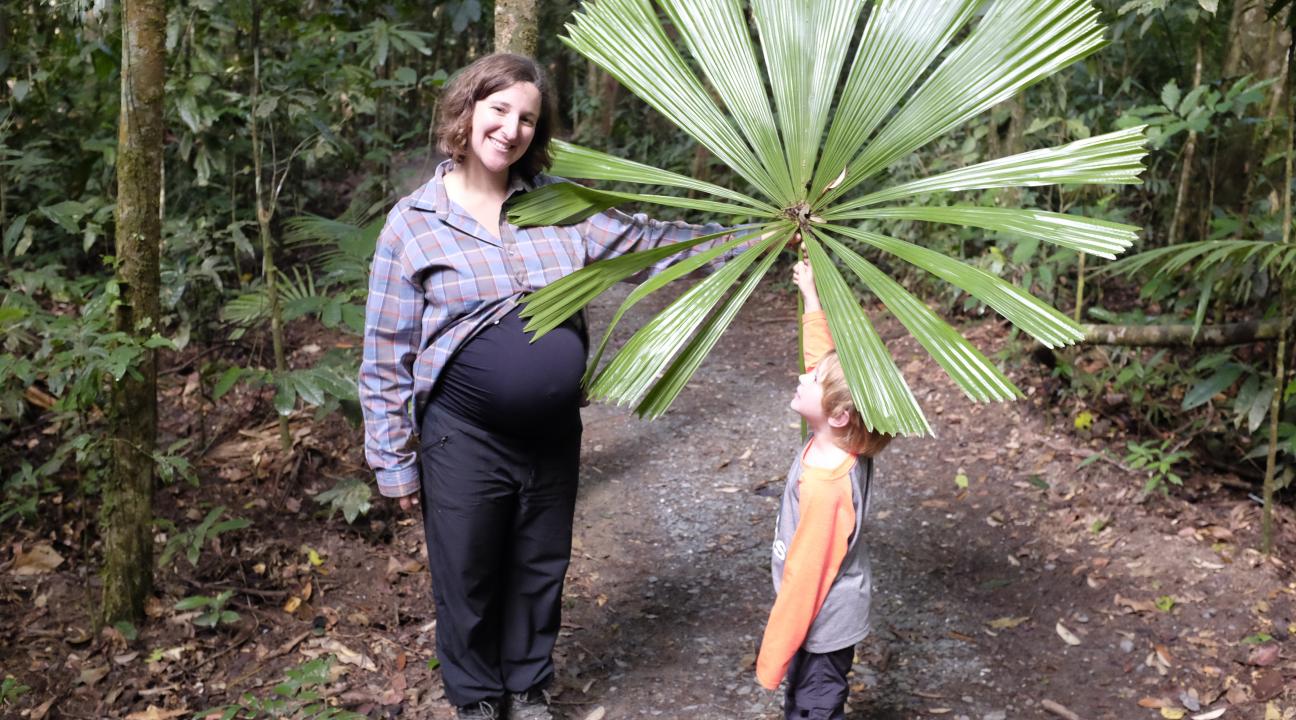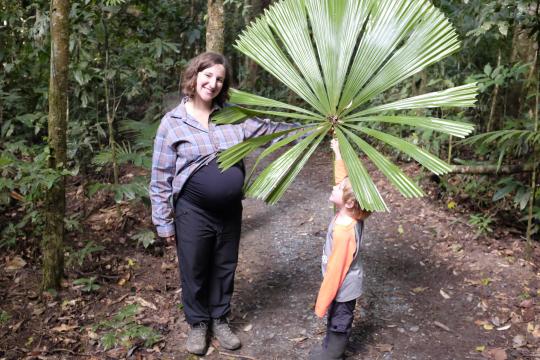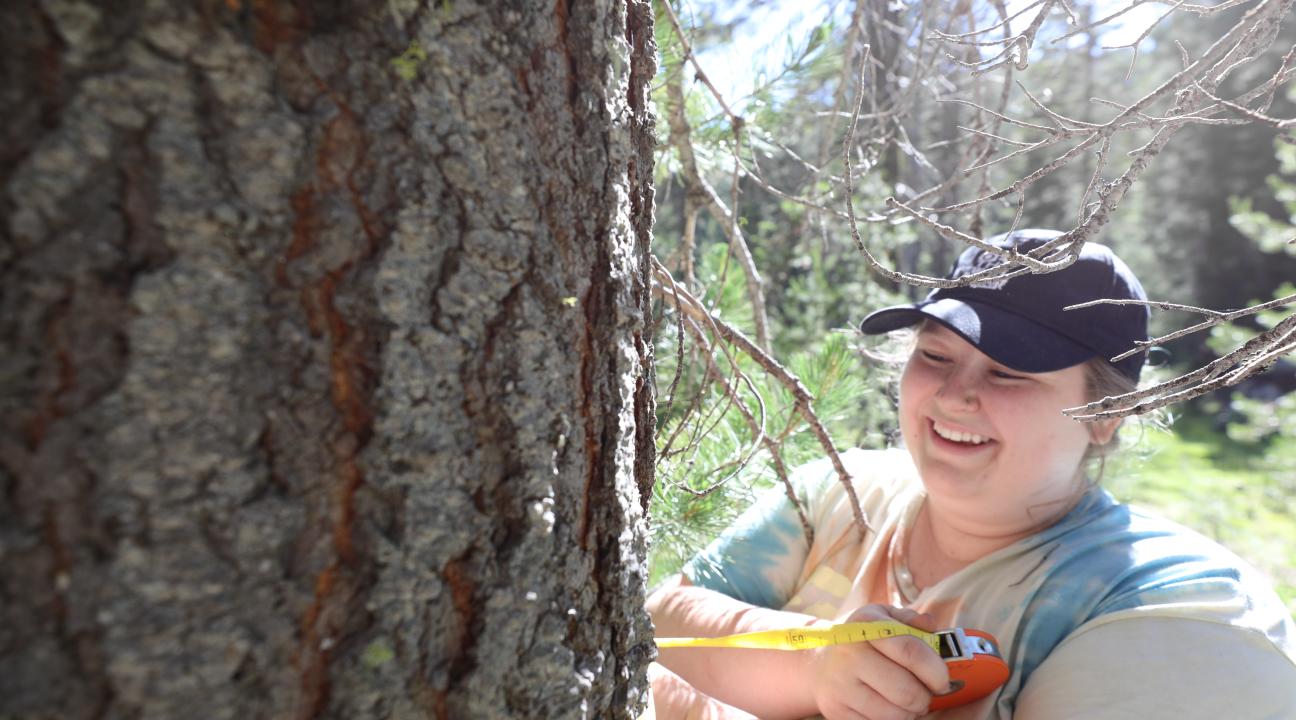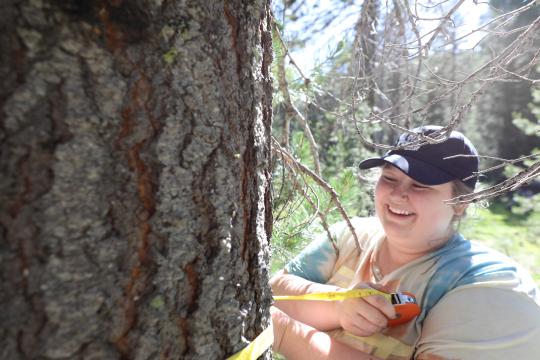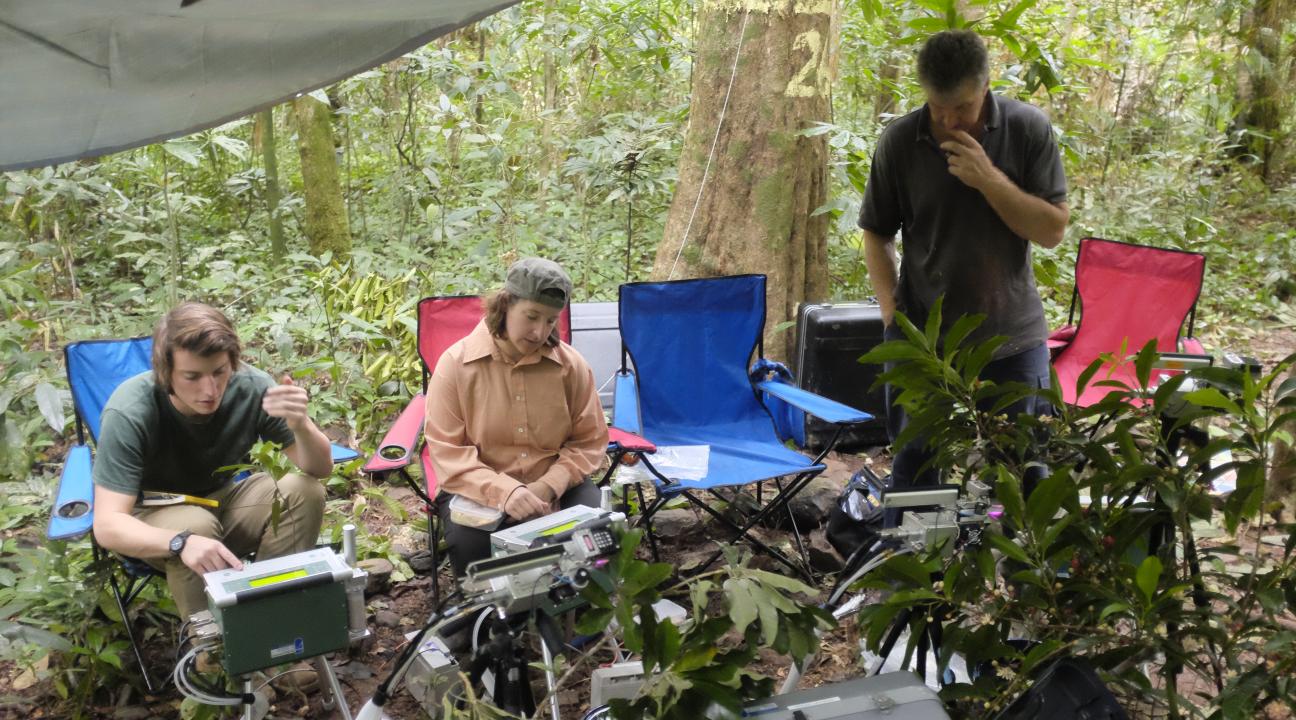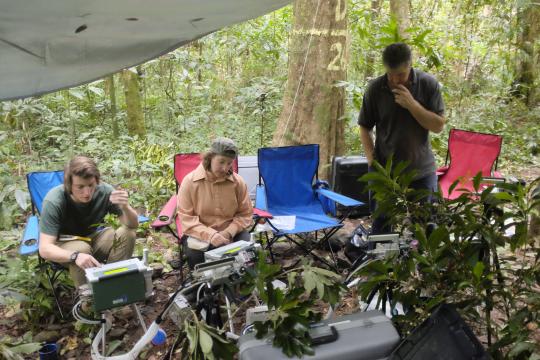Groundbreaking SSU studies explore ‘Treemageddon’ in Australia and wildfire severity in Sonoma County
Sonoma State Biology Department Associate Professor Dr. Lisa Patrick Bentley co-publishes two major studies on climate change and wildfire.
Climate change is directly linked to tree mortality in Australia and new approaches to measure forest structure can help predict wildfire severity in Sonoma County according to two studies co-authored by the Sonoma State Biology Department Associate Professor Dr. Lisa Patrick Bentley during the Spring 2022 semester.
“Treemageddon”
Trees in the Australian rainforest are dying twice as fast as they were in the 1980s, according to the study co-authored by SSU Associate Professor in Biology, Dr. Lisa Patrick Bentley, and recently published in the world's leading multidisciplinary science peer-reviewed journal, Nature.
“This long term study is crucial,” said Bentley, “as the mortality of tropical rainforest trees has important consequences for global carbon emissions and the ability of trees to put the brakes on climate change.”
This research has garnered international media coverage, including the Daily Mail’s salacious, but sadly accurate, “Treemageddon!” headline. “Because trees suck up carbon, an increase in tree mortality will increase carbon in the atmosphere, which in turn could cause the planet to heat up even more,” The Daily Mail reported.
The extraordinary record of tree deaths was cataloged at 24 sites in the most tropical forests of northern Queensland over the past 49 years. In addition to Sonoma State, co-authors of the study included scientists from Oxford University in England, the University of New South Wales in Australia, Universidad Nacional San Antonio Abad del Cusco in Peru, and the Smithsonian Environmental Research Center in Maryland, among others.
Predicting Sonoma County wildfire severity
With an urgent need to reduce wildfire hazards in the western United States, including here in Northern California, Dr. Bentley’s M.S. student, Brieanne Forbes, led a study comparing remote sensing and field-based approaches to estimate ladder fuels in local forests and use these estimates to predict wildfire burn severity.
This work was published in the peer-reviewed journal Frontiers in Forests and Global Change.
“This work provides crucial guidance for land managers to measure ladder fuels,” said Forbes, the Biology M.S. student who led an interdisciplinary team to conduct field research and analyze remote sensing data in oak woodlands in northeastern Sonoma County. “The results corroborated other work that has shown that ladder fuel data should be incorporated into predictive models of wildfire severity and fire behavior at varying spatial scales.”
Forbes and her interdisciplinary team were funded in part by CAL FIRE, CSU’s Agricultural Research Institute and the Joint Fire Science Program.
“Given the slowdowns and setbacks due to the COVID pandemic, the recent publication of these research studies over the past semester is a testament to the dedication and perseverance of my team to research related to studying the future of forest ecosystems under climate change both in Sonoma County and globally,” said Bentley.


